Anjali Mudra is a Universal Buddhist Greeting —— Not “Namaste” (A Counterpoint from a Contributor/Reader)
Guest Post Pam Margera
Editor: Pam Margera, responding to one of our popular older stories, Namaste: Respect Overcomes Pride, a Universal Greeting, and a Sign of Reverence, by another guest contributor, writes his perspective on the use of “Namaste” as a greeting. In particular, he refers to the language aspect, rather than the gesture of reverence or greeting. We were originally going to post this as a comment, but felt it should be highlighted as a stand-alone feature. Buddha Weekly features are contributed by like-minded Buddhists who contribute their stories, views, news and practices in, hopefully, informative and engaging stories. The guest post is unedited for accuracy. It is important to note this discussion relates to custom and culture — there are no rules in a friendly greeting. A link from the original story references this post.
I read your article on ‘Namaste’. I personally felt there were some inaccuracies and assumptions in the article. I thought it would clarify any inaccuracies in the article. Please do not take this as harsh criticism. I am just trying to explain things in a friendly and acceptable way. It’s just that I felt that the article could make people misunderstand about greeting in the Buddhist world. Here it goes –
GREETING IN THE BUDDHIST WORLD
Welcome _/\_
When two Buddhists meet each other it is custom to do the Anjali Mudra (press palms together in front of the chest) and say the greeting term either in one’s own language or in a language that the other person understands.
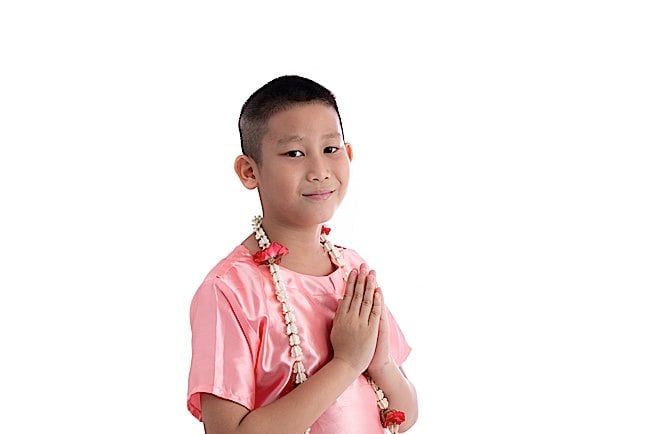
Just to give an example, I am from Sri Lanka and I speak Sinhala as my first language. When I meet a Buddhist the ideal way that I should greet the person is by doing the Anjali Mudra and say the greeting in my language. But if I was to meet an English speaking Buddhist I would do the Anjali Mudra and then say ‘Welcome’. If I was to meet a person who speaks Hindi then I will do the Anjali Mudra and say ‘Namaste’.
Notice the greeting terms are specific for the respective languages and they are not equivalent in terms of their meaning.
In Hindi ‘Namaste’ means ‘I salute you’ (not the exaggerated “the divine in me bows to the divine in you”).
For example in Sinhala we say ‘Ayubowan’ which means long life. In Hindi ‘Namaste’ means ‘I salute you’ (not the exaggerated “the divine in me bows to the divine in you”). And the term ‘welcome’ is different from those two. It’s not necessary to get bogged down in the etymology of the terms as the words are just to greet the other person.
Too often we see the word ‘Namaste’ being used at the end a post or comment. There are few errors in the context. First of all the term ‘Namaste’ is used in the beginning as an opening term (not closing). Namaste is not a universal greeting term for all Buddhists and its a term used by those who speak Hindi.
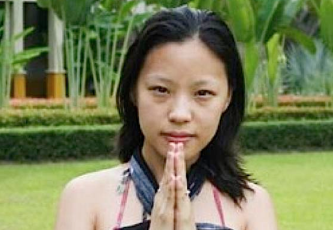
What is Universal Between Buddhists is the Anjali Mudra
The term Namaste is not exclusive to Hindus as non-Hindus who speak the Hindi language use the term also such as Indian Buddhists, Sikhs and Jains.
What is universal and common in terms of greeting between Buddhists is the Anjali Mudra. Some people from Western backgrounds assume the term ‘Namaste’ is like the Buddhist equivalent of ‘As alamu alaikum’ in Islam but this is an erroneous assumption.
So hereafter when the term Namaste is used its always best to correct people then and there. As saying welcome with this (_/\_) is appropriate in an English speaking audience.
Remember unlike Abrahamic faiths which have doctrines based on dogma, Buddhism does not have hard and fast rules as to how people should greet each other. But the post just explains what is the usual custom in the Buddhist world.
With Metta _/\_
Pam
Original Story on Buddha Weekly:
Namaste: Respect Overcomes Pride, a Universal Greeting, and a Sign of Reverence
5 thoughts on “Anjali Mudra is a Universal Buddhist Greeting —— Not “Namaste” (A Counterpoint from a Contributor/Reader)”
Leave a Comment
More articles by this author
Search
Latest Features
Please support the "Spread the Dharma" mission as one of our heroic Dharma Supporting Members, or with a one-time donation.
Please Help Support the “Spread the Dharma” Mission!
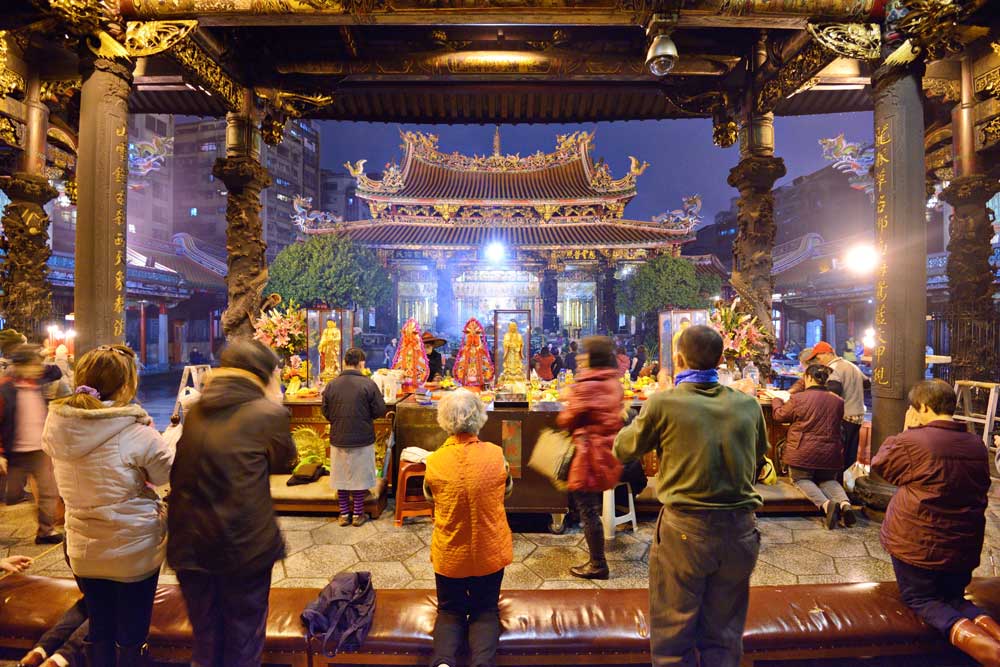
Be a part of the noble mission as a supporting member or a patron, or a volunteer contributor of content.
The power of Dharma to help sentient beings, in part, lies in ensuring access to Buddha’s precious Dharma — the mission of Buddha Weekly. We can’t do it without you!
A non-profit association since 2007, Buddha Weekly published many feature articles, videos, and, podcasts. Please consider supporting the mission to preserve and “Spread the Dharma." Your support as either a patron or a supporting member helps defray the high costs of producing quality Dharma content. Thank you! Learn more here, or become one of our super karma heroes on Patreon.
Pam Magera
Author | Buddha Weekly
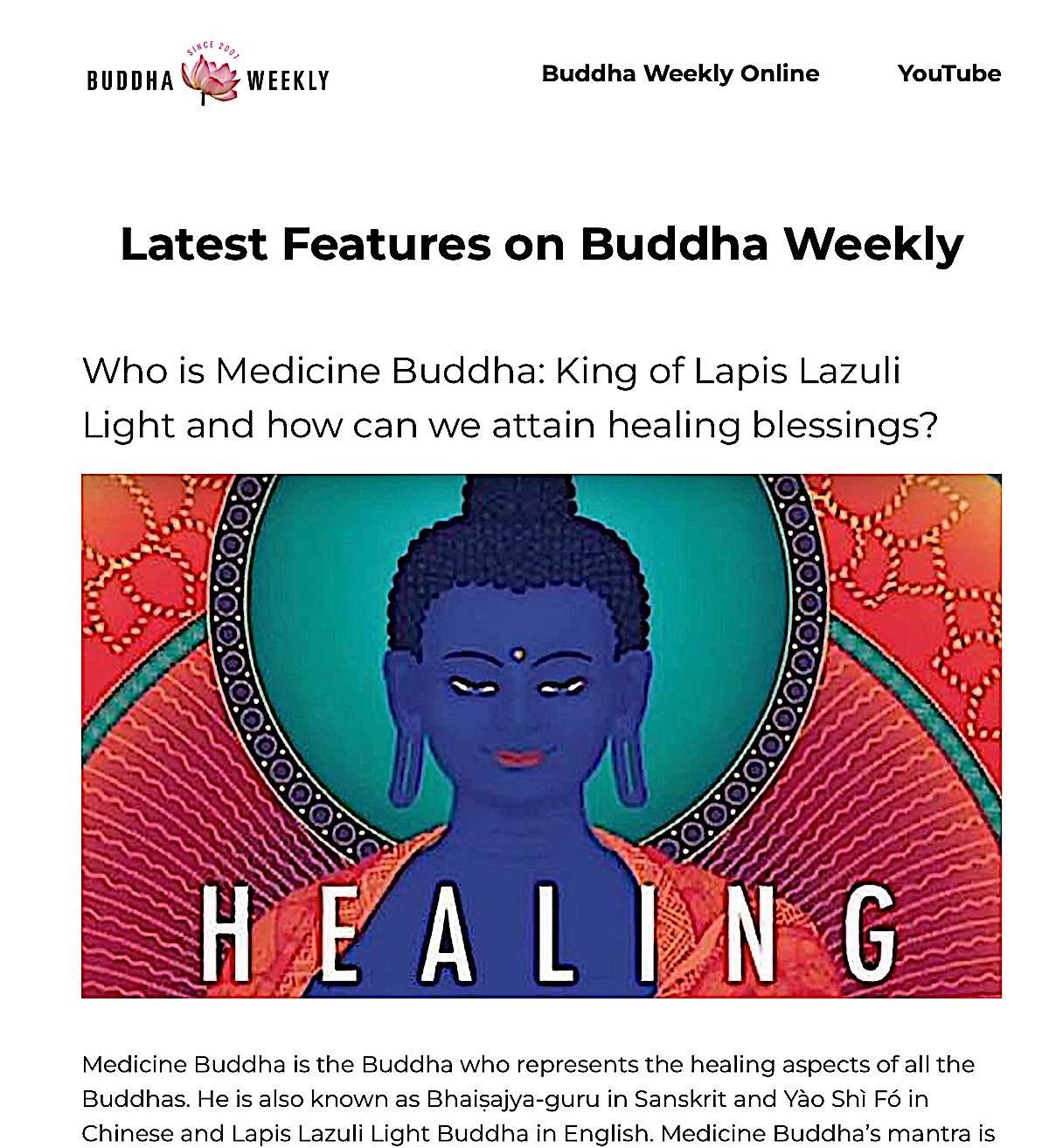
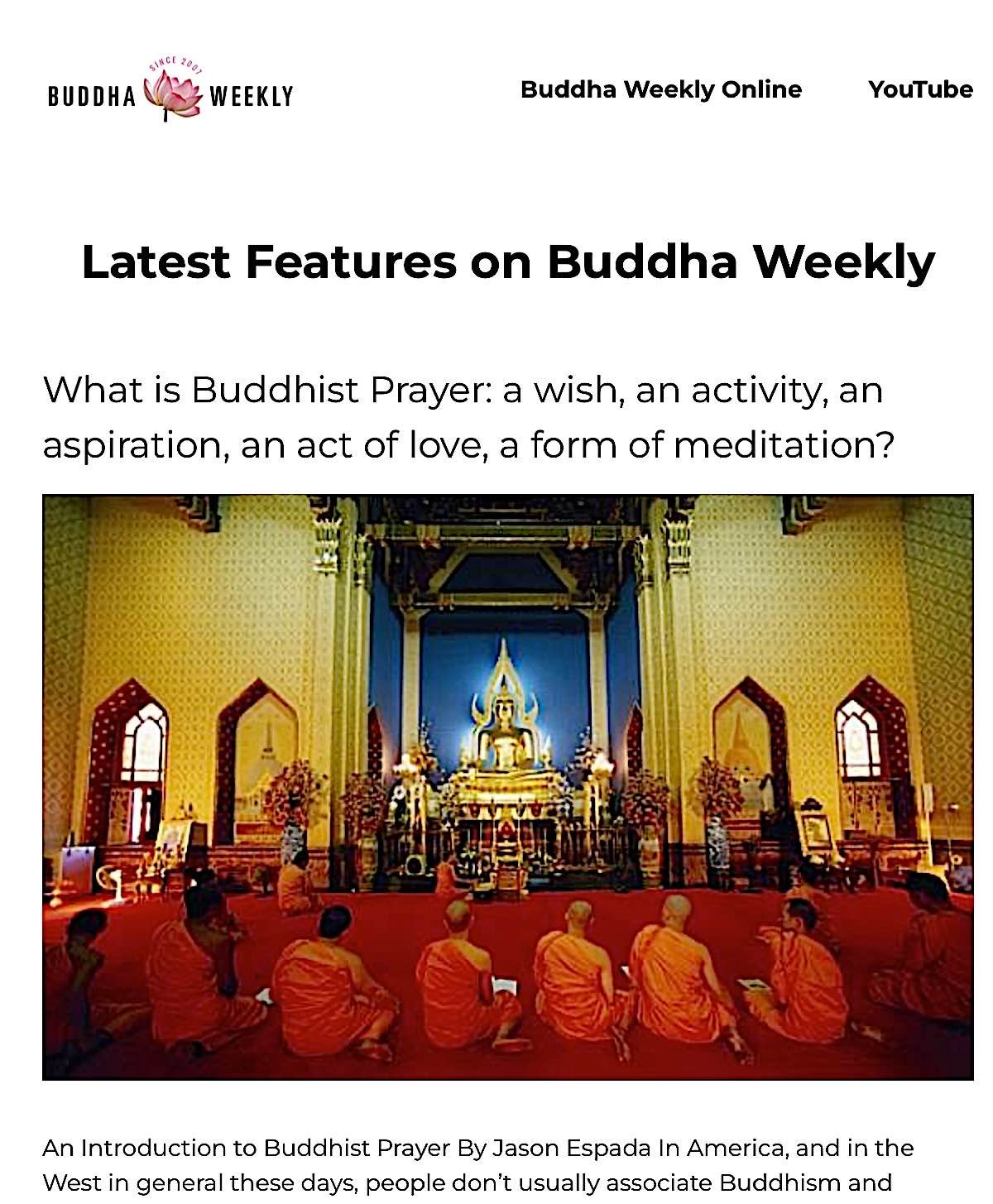




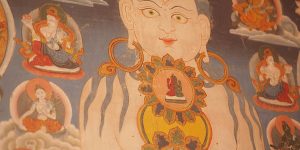
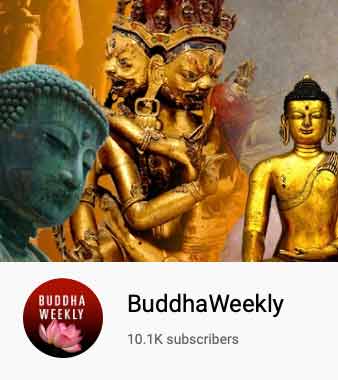


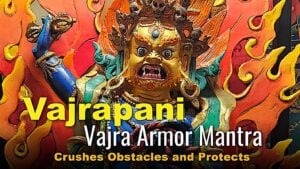
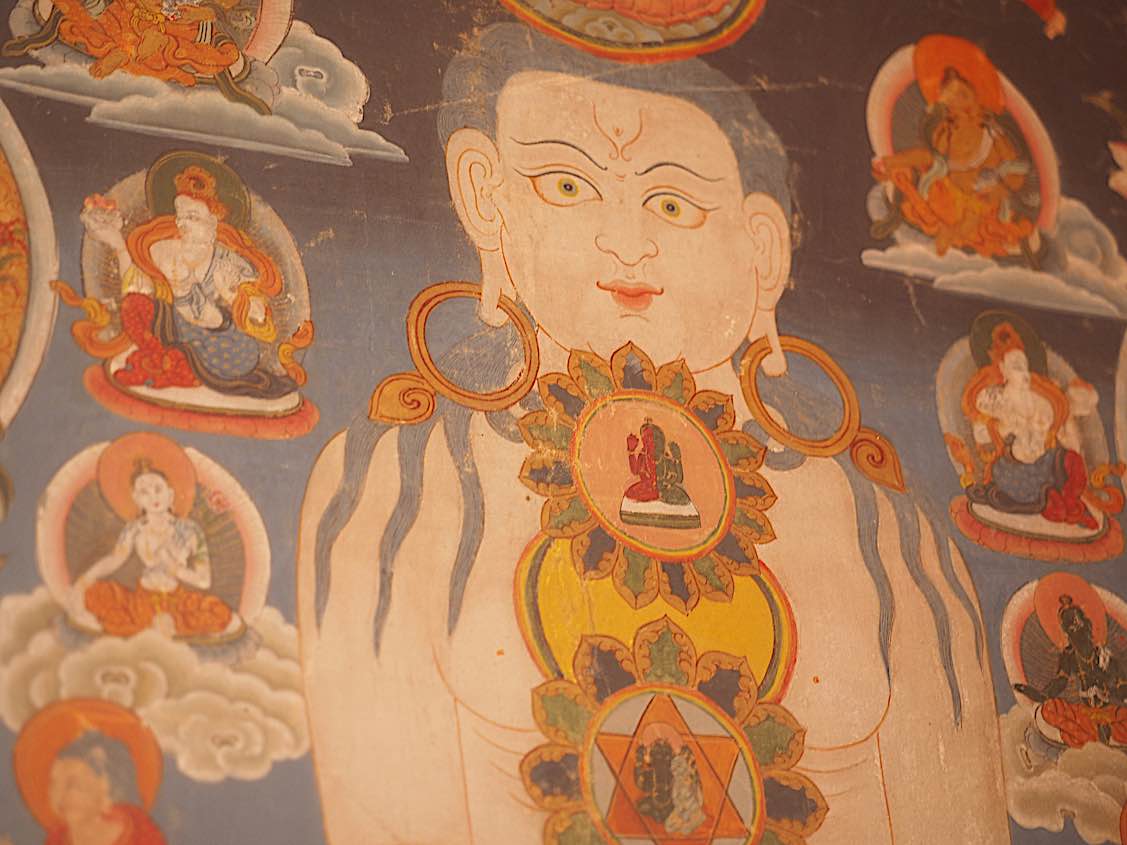

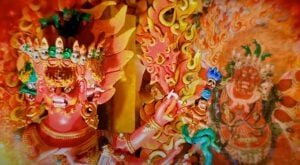
came to Buddhism from ancient origin of ”Namaste”
Ms Margera makes very valid points here. While I’m not familiar with all Buddhist greetings, I agree that Namaste is a very misunderstood and misused term in the West.
Indeed, it means nothing as hyperbolic as “the Divine in me bows to the Divine in you”. While the literal translation is “I salute you”, more practically it signifies “Respectful greetings”.
It is wrongly used by non-Indian Yoga teachers at the end of class to signal “Class is over” and the students call out Namaste in reply. When done during final Savasana/relaxation, it defeats the very purpose of the relaxation by calling students’ awareness out of the inner world to the external world. And as Ms Margera notes, Namaste is usually said as a beginning greeting, rather than an ending one (though there are exceptions.)
It’s important, when using (these days it’s called “appropriating”) someone else’s cultural terms (Namaste, Om sound) or symbols (Om symbol, statues of Buddha or Ganesh) to find out from a native of that culture what the appropriate use is, and also not use those terms and symbols merely as decorative or self-authenticating flourishes.
namaste (नमस्ते) is in fact a Sanskrit word which literally means “Bow”. (“to you”) is added as English needs a subject.
For the Spiritual context it is not necessary to greet in any certain way but traditionally the ancient Sanskrit civilization which developed the Spiritual tradition greets as namaste (नमस्ते) “Bow to you”. Importantly bowing to another helps us overcome the obstacle of pride, a major obstacle in Dharma.
In Taiwan, Buddhist practitioners, regardless of sect, say “Amitabha” (阿彌陀佛), when greeting each other.
Greetings to all, with the greatest respect to the comments on Namaste, really, does it matter, must we pull it to pieces , is it not the intention that matters, does it come before or after, why should we care, where should it be used, when should it be used, so who makes the rules, or am i missing the point ?.
Namaste.